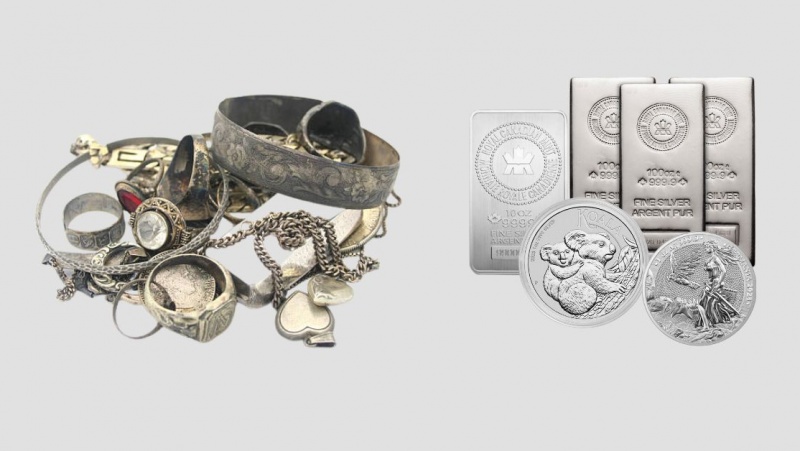A Brief History of Silver Refining
Refining silver has been a long-standing tradition for a very long time. Around 3000 BCE, Mesopotamia (modern-day Iraq) and Anatolia (modern-day Turkey) show the first signs of refining silver. The Greeks used cupellation, according to the Greek historian Herodotus, and the Romans improved on it by creating more effective furnaces for refining silver. Significant improvements in silver refining were made throughout the Industrial Revolution in the 18th and 19th centuries. The industry was completely transformed with the introduction of chemical and steam-powered equipment. The main technique for purifying silver during the 20th century was electrolytic refining.
Traditional vs. Modern Approaches
| Key variances | Traditional | Modern |
| Methodology | Conventional methods for separating impurities from silver ore included cupellation, salt cementation, and the patio process. | Modern methods, however, make use of sophisticated chemical and electrochemical procedures. |
| Effort | These procedures were relatively time-consuming, often entailed manual labour, and required heating or mixing of several materials. | These procedures involve the separation and purification of silver effectively using advanced machinery and technology, which is frequently automated. |
| Efficiency | Traditional methods frequently produced lower purity levels and needed more steps or iterations to produce results that were satisfactory. | With the help of contemporary methods, impurity removal may be precisely controlled, producing silver with greater purity. |
| Environmental Impact | Produced large amounts of trash and released hazardous by-products, for instance, the cupellation process resulted in the production of lead oxide fumes and lead-containing slag as a waste product. | Solvent extraction and electrolytic refining are two examples of processes that are intended to reduce waste production and emissions. They make use of closed-loop systems, whereby by-products are collected, recycled, or treated to lessen their negative effects. |
| Scalability and Industrial Use | They frequently required a lot of labour and were unable to effectively process huge amounts of silver ore. | They provide high throughput and satisfy the needs of numerous industries that require significant amounts of refined silver, making them well-suited for industrial applications.
|







